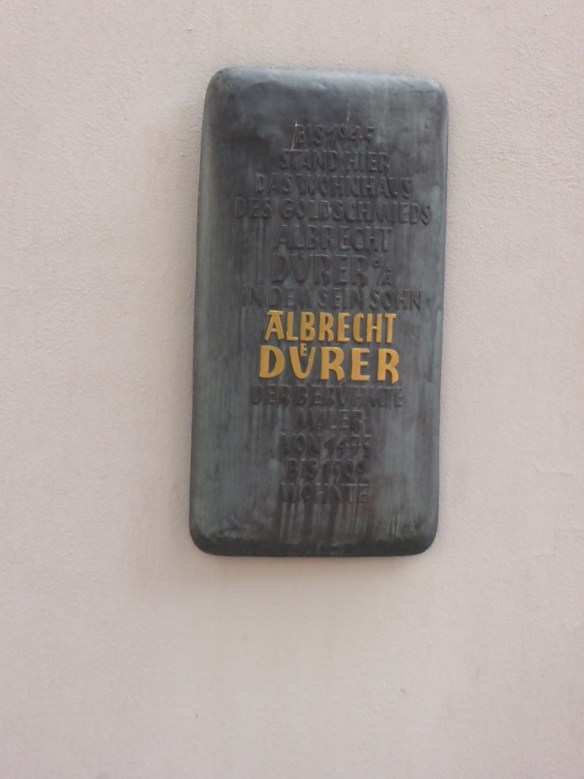The day starts with an informative lecture about Bavaria. We learn about the food, dress, history, and geography of the region. It is a little dry – just the facts. There is a question and answer period afterwards and I would like someone else or myself to ask how Germans view their horrendous behavior in World War II but we are all too polite.
We get on the buses around 2 PM for the trip into the Nuremberg. Bus gets a little confused and we are on the bus for about an hour before arriving at Hitler’s Nazi Rallying Grounds. It is a large unfinished stadium that was to be larger than the Coliseum. Hitler planned on staging his party rallies and other grand affairs here. The money for such endeavors ran out after the war began so it was never finished.

Our bus ride includes a ride around the outside of the city wall. We see many rebuilt historic buildings. Our guide keeps reminding us that Nuremberg was 90% destroyed. My general feeling is if you didn’t want your city destroyed you probably should not have started the war and committed atrocities. We also drive by the building where the war crimes trials were held.

We get off the bus to visit the castle inside the old city. It has a lot of towers – towers with hidden entrances, square towers, square towers inside round towers, five sided-towers. But since we have been riding around in a bus for over an hour and we are all old people, the most important tower is the bathroom tower.



From the castle we start our walking tour of Nuremburg. We pass the Albrecht Durer house. Rebuilt in a modern style after the war.


Now we are left on our own to wander around for about 40 minutes. We visit the rebuilt Catholic Church of Our Lady. The interior is a mix of old and new.


Nuremberg was a Catholic town but after the Protestant Reformation, they switched to Protestantism. There is a large Lutheran cathedral dedicated to St. Sebald. It is so highly decorated that we wonder if it is a Catholic Cathedral. It probably started life out in a different religion. I’ve always thought that Protestant Churches were rather devoid of saints and decoration. I guess not. The foresighted parishioners started hiding their precious stuff in caves in 1938. When they rebuilt the church they were able to redecorate with the original artwork and sculptures.

Since there’s not enough time to stop for a beer before we need to back to the bus, we wander around the market place. The fruits and vegetables look delicious and are really not all that expensive. Asparagus is in season and we see lots of the white variety.

Later at dinner we have unusual dinner companions. We are sitting with an older couple who left Germany after the war for Canada and made their way to Florida. The man is quite elderly. He says quietly that he had been a Nazi soldier in 1945. What?! He was conscripted into the Nazi army when he was 17. He was in a group of soldiers who surrendered to American forces rather than be captured by the Russians. He spent 6 months as a POW. So here I sit between my Jewish husband and a former Nazi soldier. Really don’t know how to handle the situation. My first inclination is to leave the table but that would seem impolite. So we stay, eating our dinner but I think we shall avoid them in the future.
What’s for dinner? Since I am a little flummoxed, I forget to take pictures of our main courses.

